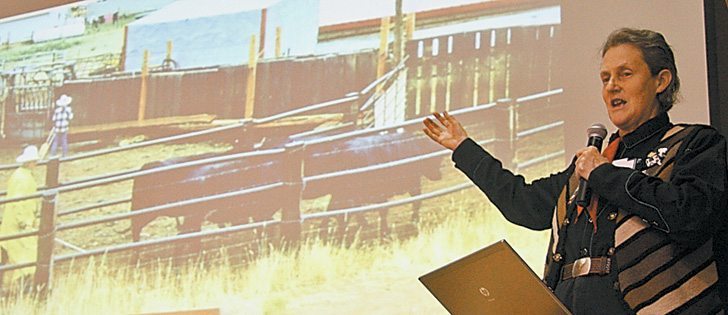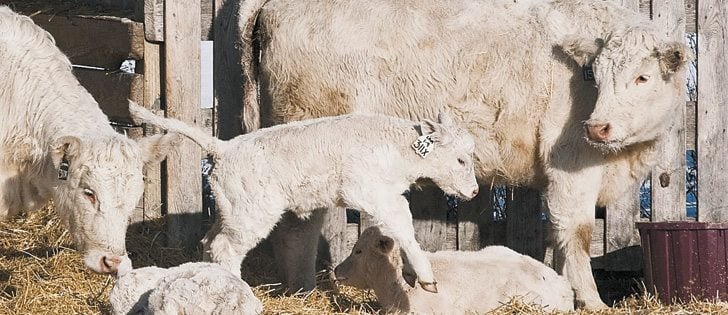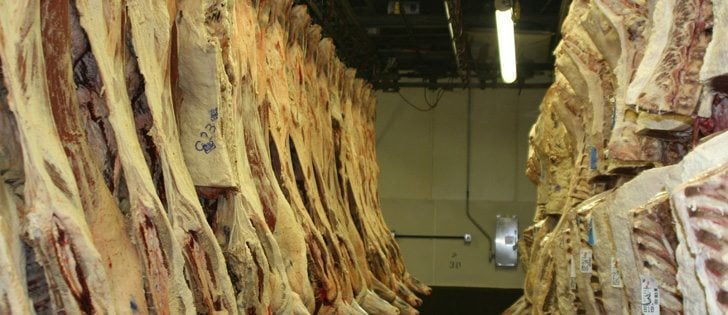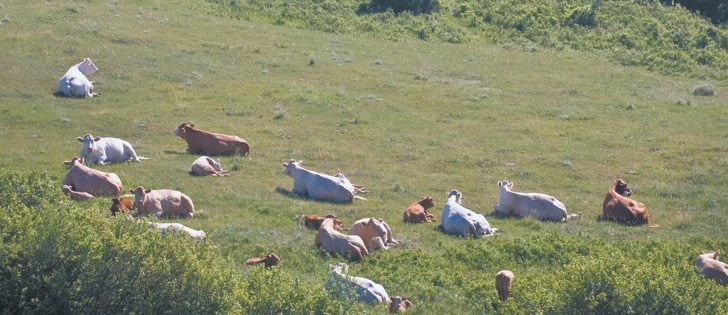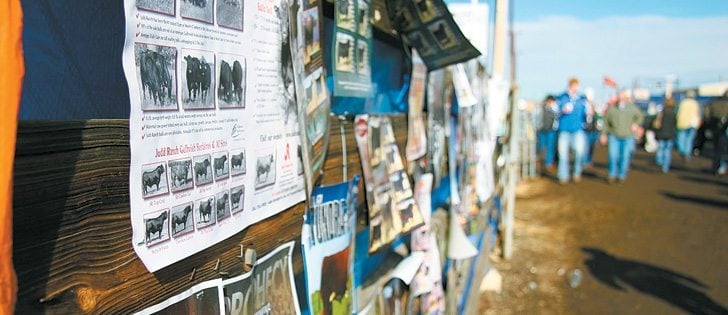Testing and diagnosis Risk factors include using commercial colostrum replacer, commingled animals in community grazing systems
Improved testing and an increase in live animal trade shows that Johne’s disease is more common than previously suspected, said a University of Calgary veterinary researcher.
Steve Hendrick of the university’s veterinary faculty told a recent beef health conference in Calgary that producers who buy cattle with an unknown health history are welcoming infections to their farms.
“As producers try to expand quickly to take advantage of different market signals, much as we love biosecurity, it is the economics that drive it,” he said.
Read Also
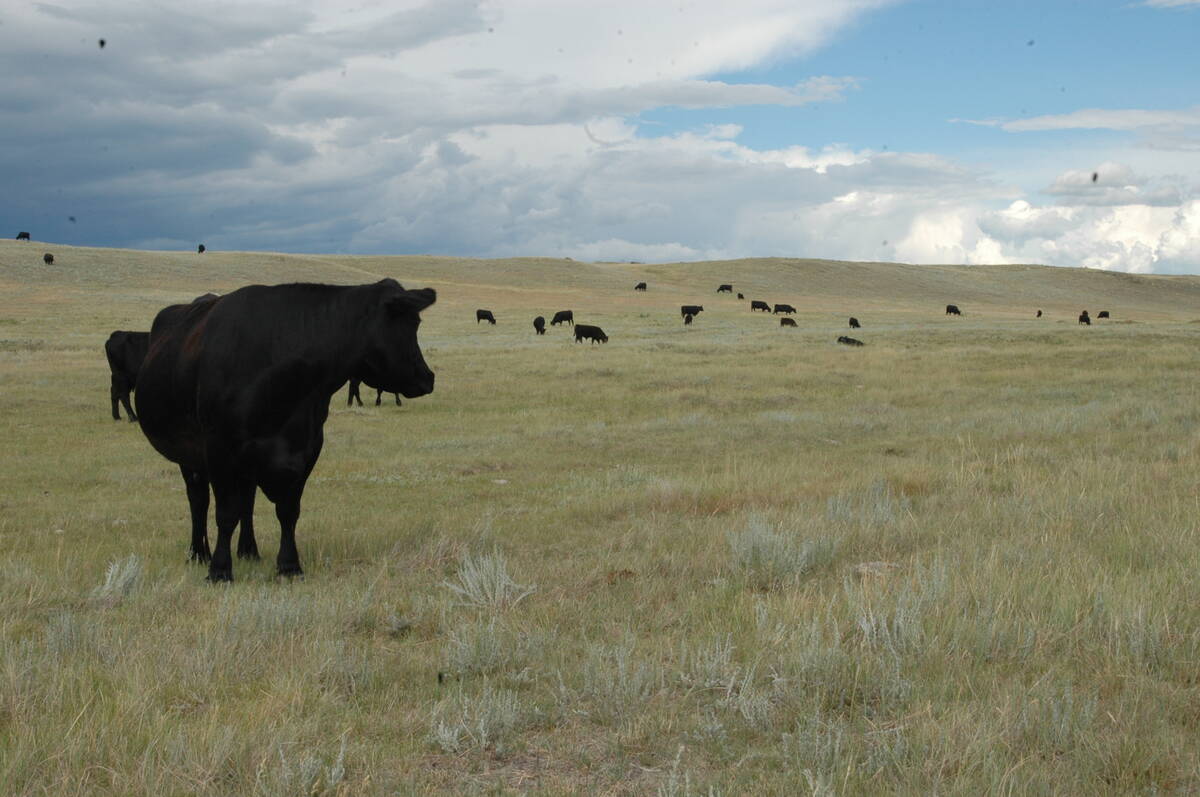
Canadian Food Inspection Agency slammed for handling of bovine tuberculosis case
The federal government leans heavily on producers to “take one for the team” and risk their livelihoods without any reassurance of support.
“If you don’t already have Johne’s disease, for heaven’s sake don’t buy it. Ask lots of questions.”
The disease was first described in 1895 and is caused by the bacterium Mycobacterium avium paratuberculosis (MAP).
All provinces have agreed to a voluntary screening program. Hendrick said some international markets could be lost without surveillance.
Johne’s is a distant relative of leprosy and tuberculosis, and three strains have been identified for cattle, sheep and bison. It appears the animals can pass the different strains among themselves.
There is an association with Crohn’s disease in humans but no one knows the precise connection.
Various studies have found that in some countries up to three percent of retail milk carries MAP bacteria.
It is a progressive infection that harms the lining of the intestine, resulting in the villa being unable to absorb nutrients. Cows eat well but develop diarrhea and become thin.
It takes three to six years before the animal is noticeably sick.
The bacteria does not multiply outside the cow but may survive more than six months in low pH soils. Some research shows it may survive freezing for up to 12 months.
Young calves seem to be most susceptible, but the biological basis is unknown.
“The immune system of those calves is still developing and as a result they are the most susceptible,” Hendrick said.
A survey in the United States found cows that were strong positive on the blood tests had lower weaning weights of up to 50 pounds. Weaning weights were reduced by 70 lb. if the mother cow was shedding bacteria in manure because it could not produce enough milk.
Canadian studies have looked at blood samples, fecal cultures and farm water samples. MAP has been found at low levels in blood and manure.
Testing does not provide an accurate diagnosis because tests won’t find it if the animal is not passing the bacteria.
One of the risk factors is using commercial colostrum replacer on the farm because pasteurization does not kill the bacteria. Beef producers are advised not to use dairy colostrum.
Animals commingled in community grazing systems could be exposed to infected manure.
Cows on intensive grazing systems could pick up the disease because they are in close contact with one another.
Forcing cattle to clean the pasture to the ground could be riskier than allowing them to clip the grass and move on. However, there is no research to prove this is a direct transmission route.
Researchers have also collected wildlife specimens from gophers, sparrows, mice, voles, rats, deer and rabbits, but no tests came back positive, even though MAP was present on nearby farms.
Hendrick said producers need to focus on calf health.
“Whatever you are doing to control scours, good bedding and hygiene will go a long way to prevent Johne’s infections,” he said.
He recommended raising heifers separately from adults. Some producers allow heifers to graze a pasture after the cows are finished, which is another good way to spread disease.




